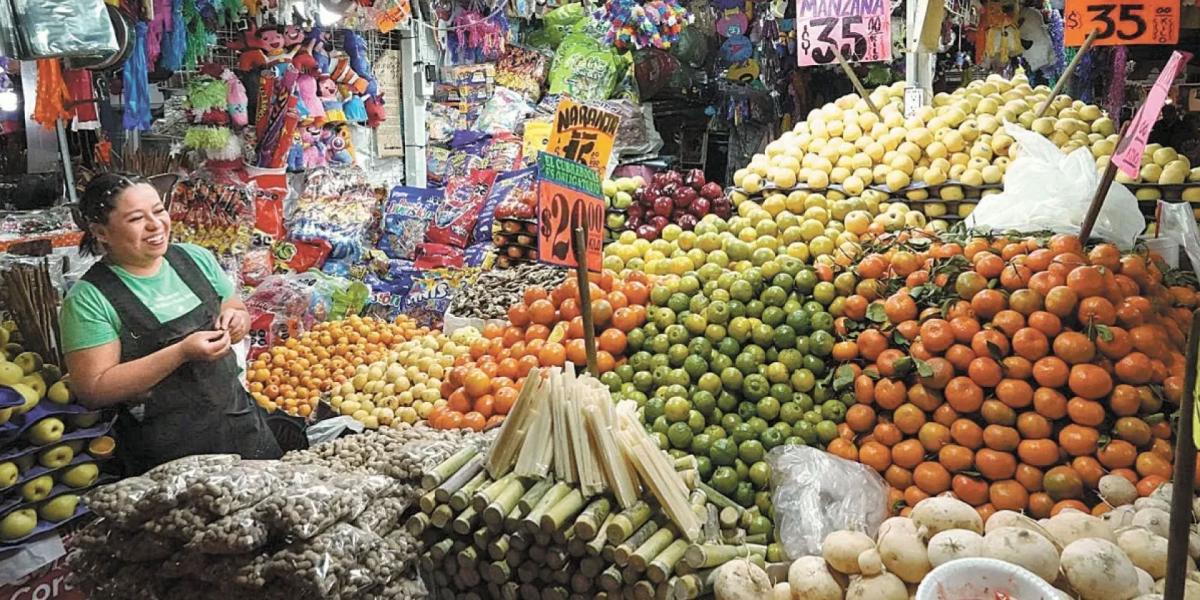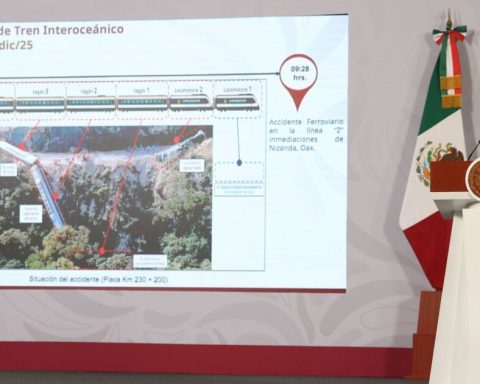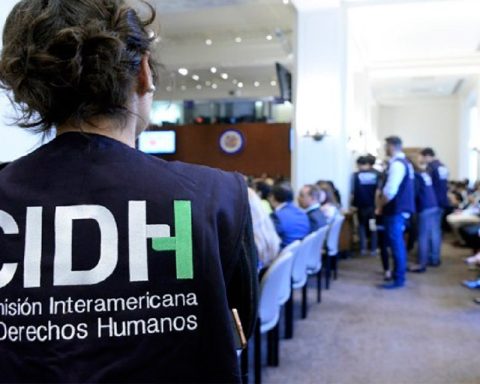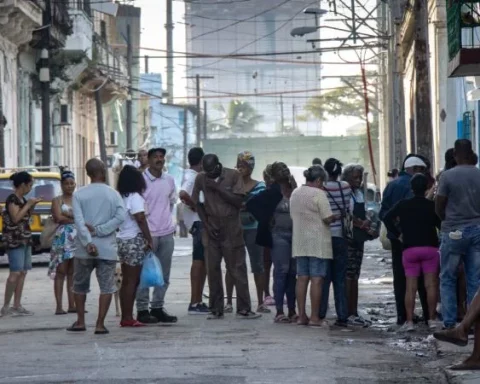Private consumption in Mexico shows signs of slowdown. For August of this year, a growth of 2.7% is expected compared to the previous year, while in September an increase of 1.8% is estimated, according to seasonally adjusted figures from the Timely Indicator of Private Consumption (IOCP).
These forecasts, which show the evolution of private consumption in the country, are presented after the 3.4% increase registered in Julythe largest annual increase since March 2024.
At a monthly level, the indicator published by the National Institute of Statistics and Geography (INEGI) anticipates a drop of 0.1% in September, after a slight advance of 0.2% in August.
“If the IOCP estimates are met, both for the month of August and Septembera slowdown in the growth rate of private consumption in Mexico would be confirmed,” explained Gabriela Siller, director of Economic Analysis at Banco Base.
During the rest of the year, analysts estimate that private consumption will weaken, due to the expectation of economic slowdown, inflation and still high interest rates in Mexico. The above is negatively impacting job creation and consumer confidence.
“Going forward… consumption will slow down, especially more discretionary spending. On the one hand, the economic slowdown can translate into lower job creation and this affects consumer confidence,” estimated Ángel Huerta, economic analyst at Grupo Financiero Ve por Más (Bx+).
He added, in a previous analysis, that although it is anticipated that the inflation and interest rates fall for the remainder of the year, they will still remain high, which will restrict purchasing power and access to credit, respectively.
In addition, he said, the “cooling of the economy and the labor market in the United States will be reflected in a lower sending of remittances, although this could be partially offset by the depreciation of the exchange rate.”
The data of the Timely Indicator of Private Consumption They are “quick” estimates of how private consumption is changing in the country.
It is a first estimate only two weeks after the end of the month, although with a greater margin of error. Six weeks later, a second estimate is presented that is, generally, more precise, highlights the INEGI.














